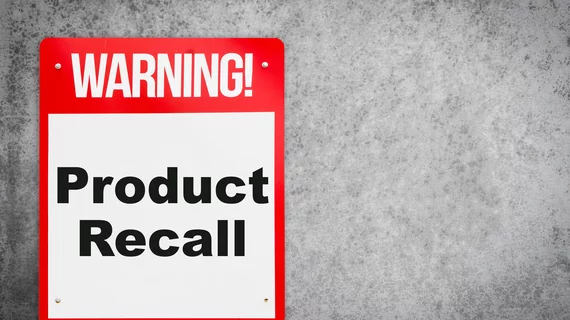Stryker announced on Feb. 1 it is voluntarily recalling certain Lifepak 15 monitor/defibrillators over an issue which may cause the devices to lock up and not deliver potentially life-saving therapy. The company reported there have been six patient deaths after delays in therapy related to this problem.
Stryker said 13,003 devices could be impacted and are subject to the recall. After a defibrillation shock has been delivered, the affected products lock up with a blank monitor display with LED lights on, indicating they still have power but no response in the keypad and device functions.
“A device in this condition has the potential to delay delivery of therapy, and this delay in therapy has the potential to result in serious injury or death,” the announcement said, adding that 58 complaints have been made globally about this issue since Lifepak 15 was commercialized in 2009, including the six events that resulted in patient deaths.
The company recommends the following steps be taken if a device exhibits the lockup condition during patient use:
- Press and hold ON until the LED turns off (about five seconds). Then press ON to turn the device back on.
- If the device does not turn off, remove both batteries and disconnect the device from the power adapter, if applicable. Then reinsert batteries and/or reconnect the power adapter, and press ON to turn the device back on.
Customers with the affected products are being notified of the issue and urged to schedule corrective action for the devices, which includes a firmware update. Stryker expects all the impacted devices to be serviced by the end of the year, and suggested all customers continue using the defibrillators until the correction is completed.
Potential quality issues or adverse events associated with the Lifepak 15, or any Stryker product, can be reported through the FDA’s MedWatch program.

